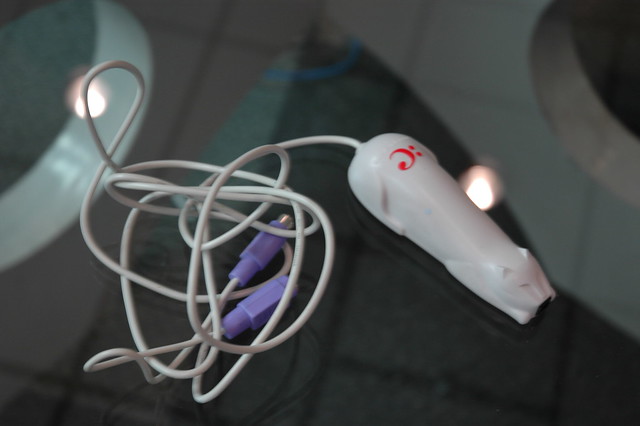3 minutes estimated reading time
At the end of last week Amazon unveiled Amazon Dash: an accessory to aid ordering from its Fresh grocery service. Fresh promises free same-day delivery on orders of over $35 of more than 500,000 Amazon items including fresh and local products; including products from respected restaurants and coffee shops. It has been rolled out in three major US markets: San Francisco, Seattle and Southern California.
Fresh has a mobile application on both Android and iOS to aid in shopping – which makes the launch of Dash much more curious. Dash is a piece of dedicated hardware which implies a failing in terms of ease-of-use for the smartphone application. Amazon obviously thinks that Fresh customers will be heavy high-touch, high-value consumers in order to spend this much trouble engineering and manufacturing the hardware and supporting services to make Dash work.
Dash is a product that wouldn’t be out of place in a collection of Braun kitchen appliances. It’s hardware interface so simple it looks really intuitive.
The Amazon Dash can be seen as part of a wider movement from converged general purpose devices to dedicated hardware. It is interesting to compare and contrast the Amazon Dash with the :CueCat; how just over a decade can make such a difference to a product.
Back in 2000, Wired magazine sent out the :CueCat to US subscribers of their magazine. The :CueCat was a barcode scanner that allowed readers to augment the print content with a link to web content. Think a prehistoric QRCode. It didn’t work that well for a number of reasons. The codes were proprietary, partly due to consumer privacy requirements and intellectual property around barcodes. In order to use the :CueCat one needed to be connected to an internet-enabled PC via a wired USB or PS2 connection. Using the :CueCat was no easier than typing in a URL or searching via Google; a search engine on the ascendancy at the time. The :CueCat was a spectactular failing for the media industry looking to get to grips with digital media.
Moving forward to the Amazon Dash, the equivalent computing power of that desktop PC has been squeezed into a device that fits in the palm of your hand. Wireless connectivity provides a more flexible connection that removes contextual restrictions on the Dash compared to the :CueCat. The web extended computing so that the website and the PC or mobile device in a symbiotic relationship where it isn’t clear to consumers just were one starts and the other finishes.
The Dash takes inputs via a product barcode and voice memos. Despite the technology advances over the past ten years with the likes of Siri and S-Voice; there will likely be some sort of human intervention required to make these voice memos work. This is at odds with Amazon’s warehouse robot systems and lack of a human customer service face over a telephone line.
This voice memo challenge is not trivial, it was a contributing factor in SpinVox’s failure. The Fresh programme because of its logistical challenges will be hard to scale, and the economics of the Dash have to be carefully balanced between existing products that are repurchased via barcode scan and new or fresh products that would use the voice memo. Acquiring basket growth becomes incrementally more expensive. Over time the system may learn voice commands rather like Google’s old telephone-powered search; on the one hand local area focus is likely to limit dialect variations, on the other sample size maybe hard to scale to be statistically significant for machine learning. More related content here.

More information
Same-day delivery’s for suckers – now a Chinese ecommerce giant has three-hour delivery | PandoDaily
AmazonFresh
Amazon Dash
SpinVox: The Inside Story | The Register
The 50 worst fails in tech history | Complex